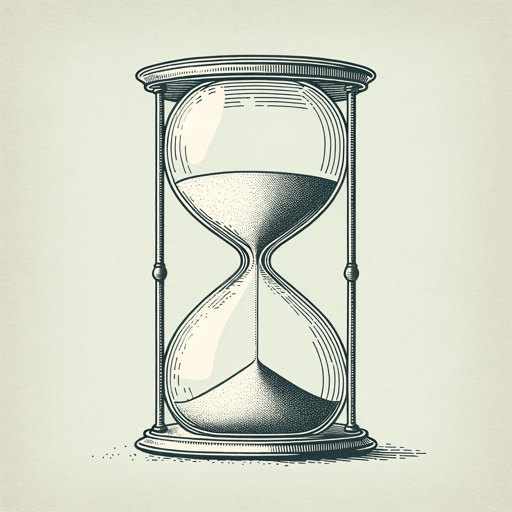28 pages • 56 minutes read
Philip ZieglerThe Black Death
Nonfiction | Book | Adult | Published in 1969A modern alternative to SparkNotes and CliffsNotes, SuperSummary offers high-quality Study Guides with detailed chapter summaries and analysis of major themes, characters, and more.
Index of Terms
The Black Death
The Black Death is the common moniker given to the global plague that swept through the world—most violently in Europe—during the middle of the 14th century. The Black Death was actually the confluence of three different variants of Y. pestis bacterial infection. Bubonic plague, or infection of the lymph nodes, was characterized by the boils, or buboes, which appeared on the skin of the infected. Pneumonic plague, or infection of the lungs, led to almost entirely fatal pneumonia. Finally, septicemic plague, or infection of the blood, caused the infected person to be completely overrun with the bacterial infection within hours.
Humors
Medieval understanding of physiology was characterized by a theory invented by the Ancient Greek physician Hippocrates. According to this theory, the body is composed of four humors: blood, phlegm, yellow bile, and black bile. Imbalance of these four humors causes illness. Medieval medicine was thus largely concerned with the regulation of these humors to achieve optimal health.
Epidemic and Pandemic
The term “epidemic” translates to mean “on the people,” and refers to a contagious illness that spreads rapidly within one community. Thus, the plague became an epidemic once its transmission became uncontrollable. The term “epidemic” is connected with but not a synonym for the term “pandemic,” which translates to mean “all the people,” and refers to a contagious illness that spreads through multiple communities, countries, or continents.
Featured Collections
9th-12th Grade Historical Fiction
View Collection
Community
View Collection
European History
View Collection
Health & Medicine
View Collection
Nation & Nationalism
View Collection
Order & Chaos
View Collection
Politics & Government
View Collection
Religion & Spirituality
View Collection
Required Reading Lists
View Collection
Safety & Danger
View Collection
Science & Nature
View Collection

